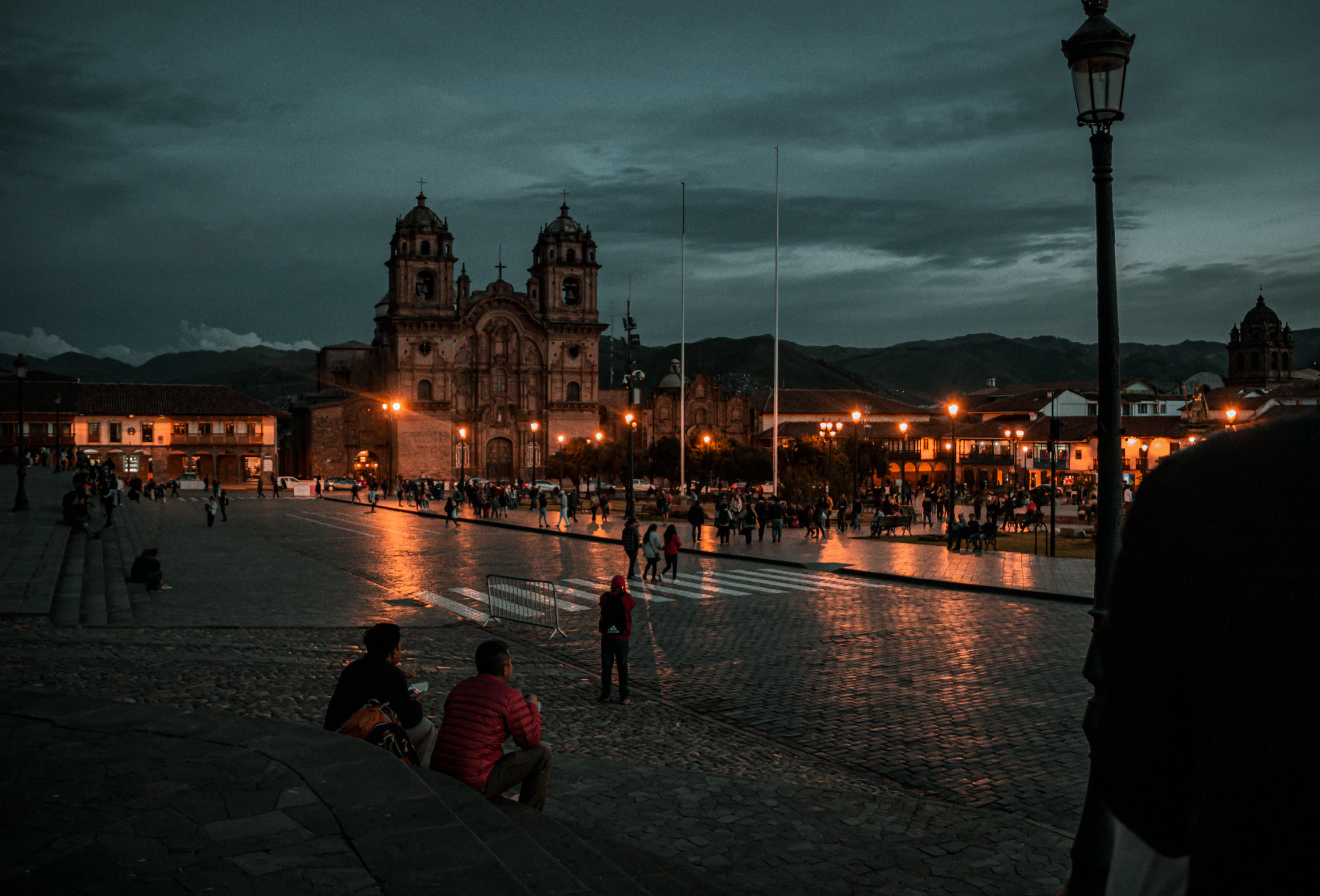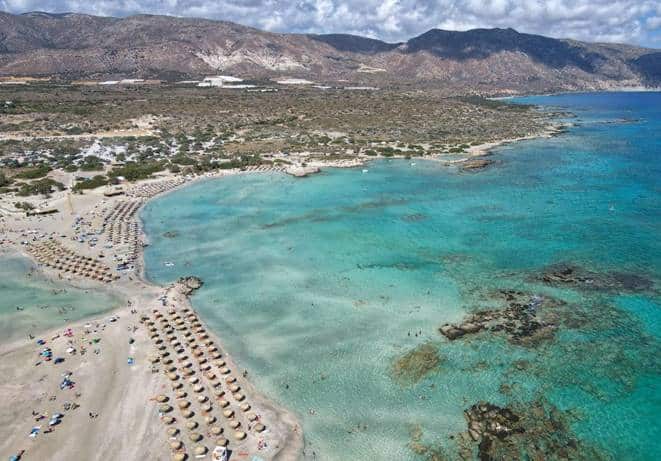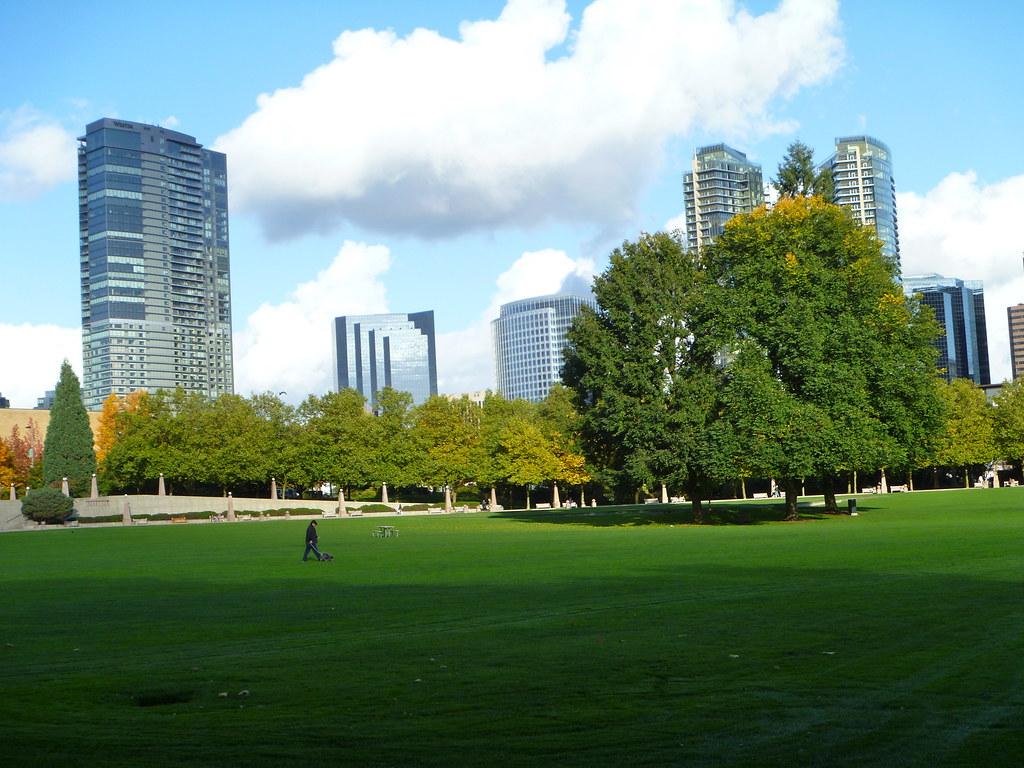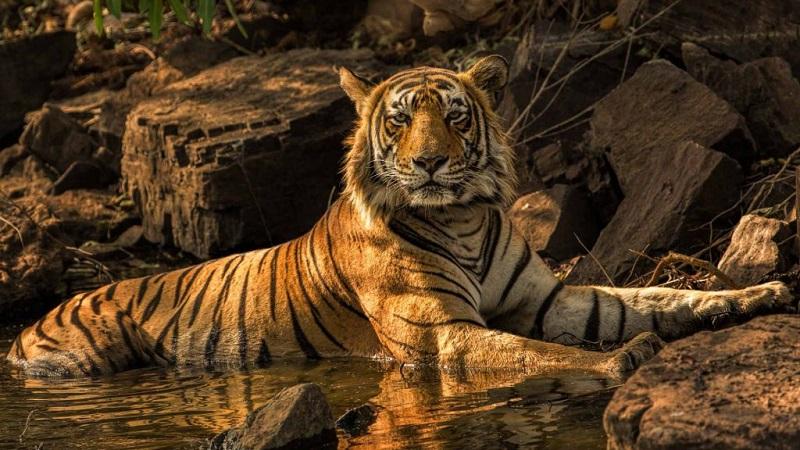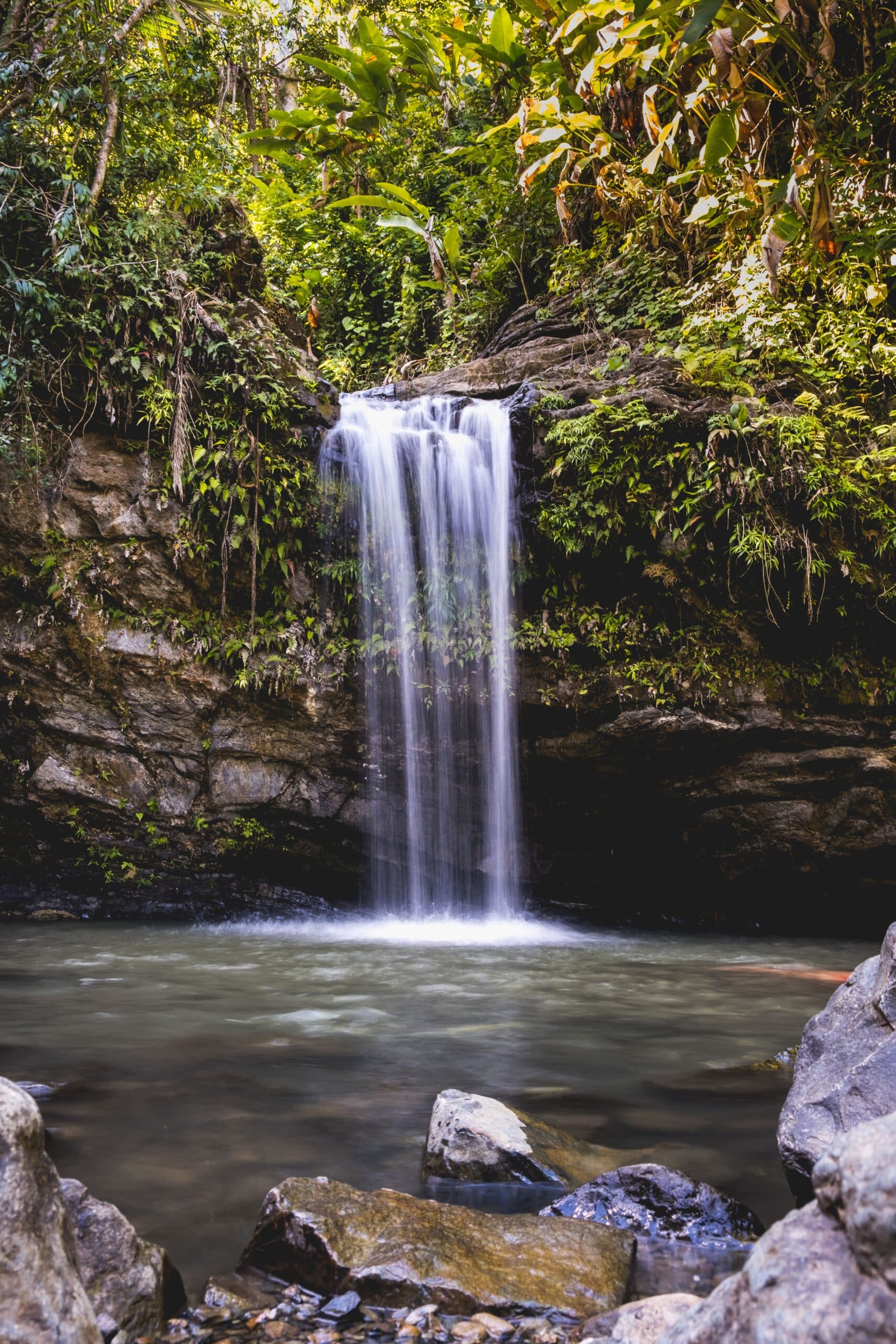Guide to Bieszczady: Poland’s Enchanting National Park
Tucked into the southeastern corner of Poland, bordering Slovakia and Ukraine, Bieszczady National Park is one of the country’s most remote and enchanting natural areas. Far from the crowds of Kraków or Warsaw, the Bieszczady Mountains offer a wild, peaceful retreat where nature still feels untamed and time seems to slow down.
For hikers, wildlife enthusiasts, and solitude seekers, this park is a true hidden gem. Established in 1973, Bieszczady National Park is Poland’s third-largest national park. The park preserves the heart of the Eastern Carpathians, a lesser-known mountain range that is lower and more rounded than the Tatras but no less captivating.
Its most iconic features are the “połoniny” — high-altitude meadows that crown the ridges, offering sweeping views of unbroken forest and distant peaks. Without further ado, here’s our comprehensive guide to Bieszczady National Park;
Please Download Our Mobile App here.
Overview of Bieszczady National Park
Bieszczady National Park lies in the remote southeastern corner of Poland, nestled against the borders of Slovakia and Ukraine. Spanning 112.75 square miles, it forms part of the expansive UNESCO-designated East Carpathian Biosphere Reserve, which stretches across 823.21 square miles.
The park protects the highest stretch of Poland’s Eastern Carpathians. Here, vast, rugged mountains dominate the landscape and open alpine meadows—known as połoniny—unfold above the tree line. Roughly 80% of the park is cloaked in dense forests. This provides a critical refuge for diverse wildlife species, while the remaining high-altitude areas offer a more open, windswept habitat.
Beyond its natural beauty, Bieszczady also preserves traces of a complex cultural past. Scattered throughout the region are wooden Greek Orthodox churches and ruins of pre-World War II settlements—reminders of communities displaced or lost to history. These cultural landmarks can be explored along the Podkarpackie Wooden Architecture Trail.
Wildlife in Bieszczady National Park
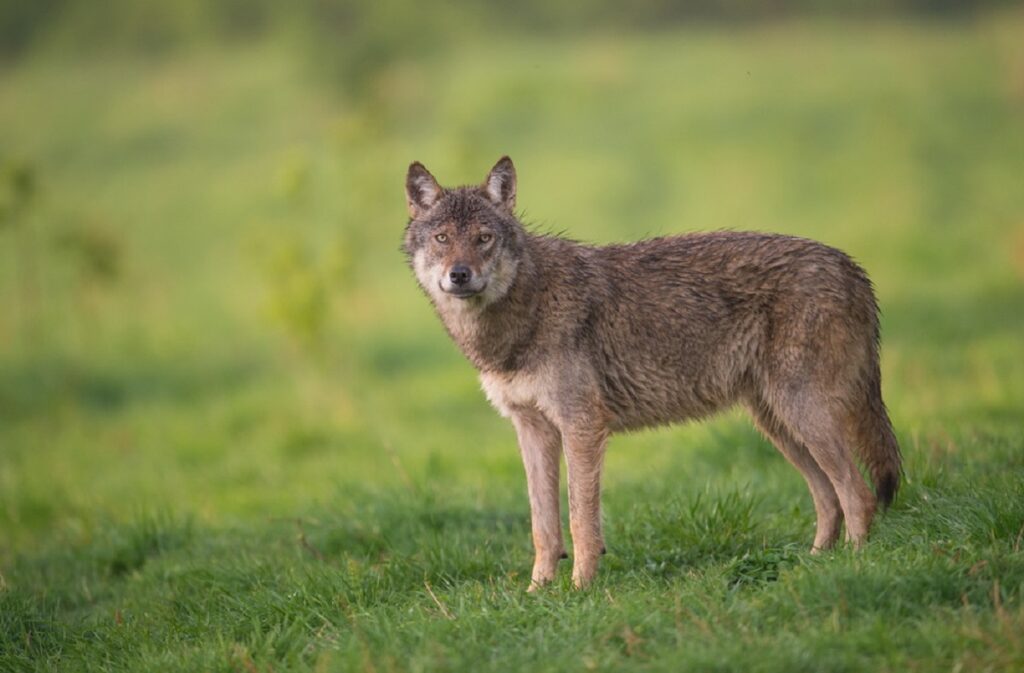
Bieszczady National Park is a haven for wildlife enthusiasts. Among the most prominent residents are large mammals such as brown bears and grey wolves. European lynxes also thrive in these secluded woodlands, hunting roe deer and other smaller prey. The shy and solitary European wildcat also roams the forests and river valleys, while wild boars are a frequent sight due to their adaptability to various habitats.
One of the park’s most notable features is its thriving population of European bison. It’s the second largest herd in Poland and possibly one of the largest worldwide. Herbivores like red and roe deer are also abundant. Bieszczady is also home to European beavers. The region’s rivers and lakes are populated by fish species such as trout, salmon, and carp.
The park’s skies and treetops host a wide array of bird species, including raptors, songbirds, and waterfowl, drawn to the park’s varied habitats. On the forest floor and in wet areas, amphibians such as fire salamanders and alpine newts are often seen, especially near streams and ponds. Reptiles, too, are part of this diverse tapestry, with sand lizards basking in open sunny spots.
Best Time to Visit Bieszczady National Park
The best time to explore Bieszczady National Park is from May to September. During these months, the region offers its most favorable conditions for backpacking and hiking. Late spring ushers in pleasant temperatures ranging from 8°C to 18°C (46°F to 64°F), with vibrant wildflowers and fresh greenery blanketing the trails.
As summer approaches in June, daytime temperatures climb to between 12°C and 22°C (54°F to 72°F). These are ideal conditions for longer hikes through the park’s scenic połoniny. July and August bring the warmest weather, with averages of 15°C to 25°C (59°F to 77°F), making it the prime season for wildlife spotting and panoramic ridge walks.
By September, the air cools to around 10°C to 20°C (50°F to 68°F), and the forested hills begin to blaze with autumn colors. These conditions offer breathtaking views with fewer crowds. While the warmer months are generally stable, mountain weather can be unpredictable. Expect quick showers or fog—so dress in layers and check the latest forecasts before heading into the wild.
Getting to Bieszczady National Park

Reaching Bieszczady National Park from Warsaw presents several options depending on your travel style and preference. The most convenient route is to first travel by train to Rzeszów, a major transit hub in southeastern Poland. From there, you can catch a regional bus to various destinations near or within the national park, such as Ustrzyki Górne or Wetlina.
This combination of train and bus is not only cost-effective but also allows you to sit back and enjoy the changing landscape as you head into the Carpathian Mountains. Alternatively, if you’re short on time and willing to spend a bit more, you can take a train to a closer town and then hire a taxi to reach your final stop within the park.
There are also smaller local bus companies serving the area. Although, bus schedules tend to vary. So, check their websites or call ahead to help you plan better. Though driving gives you the most freedom to explore, the journey from Warsaw is lengthy. Also, some parts of the park offer limited parking, making public transport a more appealing option for many.
Other Activities in Bieszczady National Park
Hiking remains the most popular way to experience Bieszczady National Park. However, mountain biking is another favored activity, allowing visitors to cover more ground while still immersing themselves in the park’s pristine wilderness. The sense of untouched nature is a major draw, as the park offers a rare chance to explore a part of the Carpathians that feels truly wild and remote.
Beyond outdoor pursuits, the park also invites cultural exploration, particularly through the Podkarpackie Wooden Architecture Trail. This route highlights the region’s rich history, guiding visitors past old wooden Greek Orthodox churches and the remains of settlements that were abandoned after World War II.
Among the park’s natural landmarks, Tarnica stands out as the highest peak at 1,346 meters and is recognized as one of Poland’s Crown Peaks. Its distinctive twin summits overlook the Wolosatka Valley and are traversed by the E8 European long-distance trail, which connects hikers to a broader network of trails across Europe.
Because nearly three-quarters of the park is a strict nature reserve, visitors must stick to marked trails. Most of these are moderately to highly challenging due to the elevation and rugged terrain. This combination of demanding hikes, rich history, and natural beauty makes Bieszczady a compelling destination for adventurous travelers.
Park Fees in Bieszczady National Park

A standard entry ticket costs 8 PLN ($2). Students, seniors, and other eligible groups can purchase a reduced ticket for 4 PLN ($1). These tickets are valid for an entire day, allowing you to explore as much as you’d like during daylight hours. Also, there’s a separate fee of $2 per person to access each marked trail.
It’s also important to note that many trails in the park do not form circular loops. This means you’ll likely need to catch a local bus or arrange a return transfer after your hike to get back to your starting point.
FAQs
Is Bieszczady National Park worth visiting?
Bieszczady National Park is definitely worth a visit, especially for those who appreciate hiking and spending time in untouched natural environments. Known for its peaceful seclusion, the park offers a rare escape from the hustle and bustle of modern life.
How much time in Bieszczady National Park?
To get a genuine feel for Bieszczady National Park, it’s best to set aside at least two to three days. This timeframe allows visitors to enjoy the park’s most iconic features, such as panoramic hikes across Połonina Wetlińska or Tarnica.
Conclusion
If you’re looking for a place to disconnect, breathe in clean mountain air, and wander through primeval forests, Bieszczady National Park is your answer. It’s a slice of Europe where wildness still reigns, solitude is sacred, and the landscape speaks in a language that hasn’t changed for centuries.


